Sauriermuseum Aathal
Europe's largest dinosaur museum was founded by a passionate autodidact.
Switzerland’s “Jurassic Park,” as locals use to call it, was not founded by scientists, but rather a self-educated businessman named Hans-Jakob “Kirby” Sieber. The autodidact never studied paleontology or any other related field, but his sensational findings during excavations, and his long years of painstaking study and preparation of dinosaur fossils, made him one of the most renowned dinosaur researchers in Europe.
His discoveries—such as the famous Allosaurus “Big Al Two,” the unlucky group of sauropods that died from being stuck in a swamp, or “Toni,” the incredibly well-preserved remains of a dinosaur baby—have inspired the storylines of a whole genre of documentary films and paleoart.
Sieber started his early career as a (not very successful) filmmaker, but later joined his father’s company selling minerals and fossils mostly excavated from the Swiss Alps. Since the fossils of marine species were not very sensational, Sieber traveled to the U.S. to join dinosaur excavations in Wyoming. Soon he surprised his hometown with giant bones and skeletons he brought back home to Switzerland.
In 1992, the Sauriermuseum Aathal was opened, and strongly profited from the global dinosaur mania that broke out one year later when Steven Spielberg’s Jurassic Park was released. Since then, Siber and his team spend several months on their “Howe ranch” in Wyoming every year. The fresh findings are preserved in a transparent glass-cube laboratory in the center of the spacious exhibition and visitors can watch the dinosaur researchers live at work.
One of the first exhibits at the museum was the reconstruction of the world’s largest tortoise, which is still on display and as large as a school bus. The exhibition is displayed across 5,000 square meters and hosts a vast range of objects both inside and outside. The largest ones are almost fully preserved fossilized skeletons of Allosaurus, a 17-meter diplodocus next to two other giant sauropods, the gate-sized dentation of a megalodon-shark, and everything else the curious fossil lover is looking for: fossilized eggs, footprints, bones, and even coproliths of all kinds of prehistoric reptiles. In addition to the archaeological finds, you can also see large-scale prehistoric dioramas and a dinosaur garden.
Know Before You Go
Aathal can be easily reached by the S-Bahn (S14) from Zurich main station. From the Aathal train station, just keep left and follow the signs (and giant dinosaur figures). The museum is open Tuesday to Saturday from 10 a.m. to 5 p.m., Sunday from 10 a.m. to 6 p.m., and closed Mondays. Compared to other paleontological museums, this one has a rather familial and relaxed spirit. If you join a guided tour, it is usually carried out by one of the enthusiast excavators.

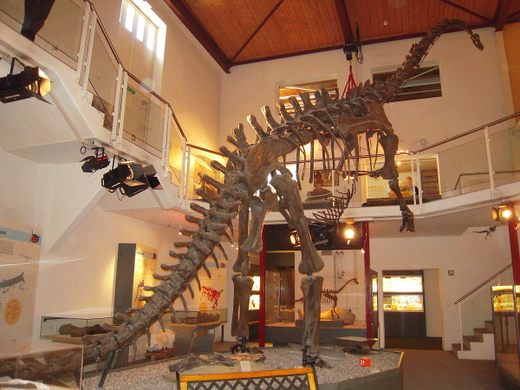
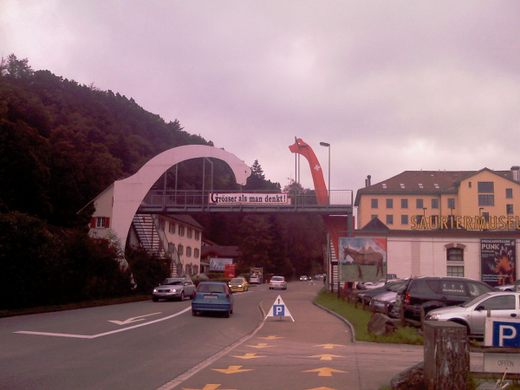

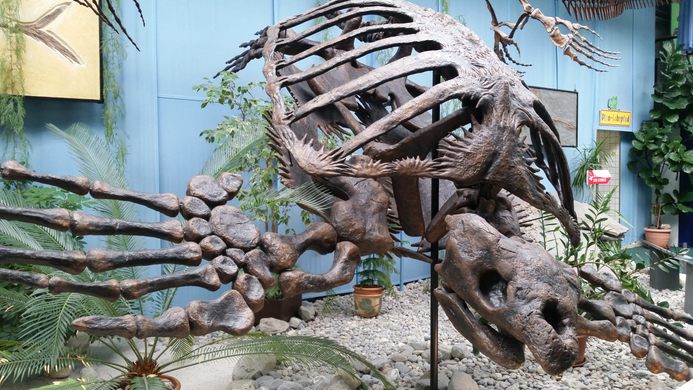
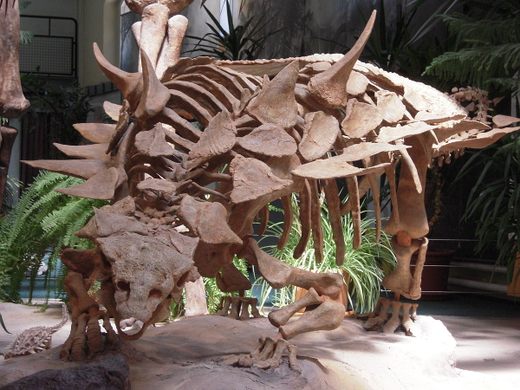
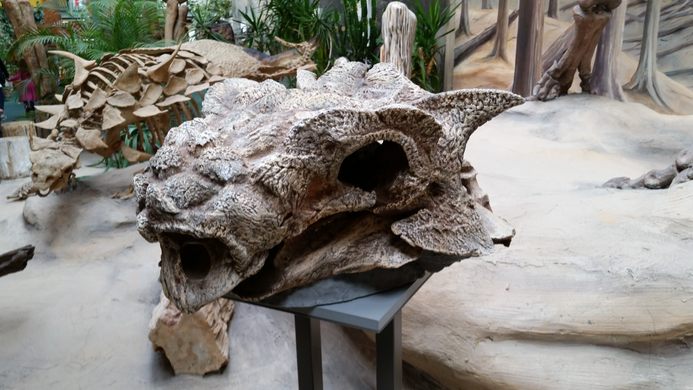
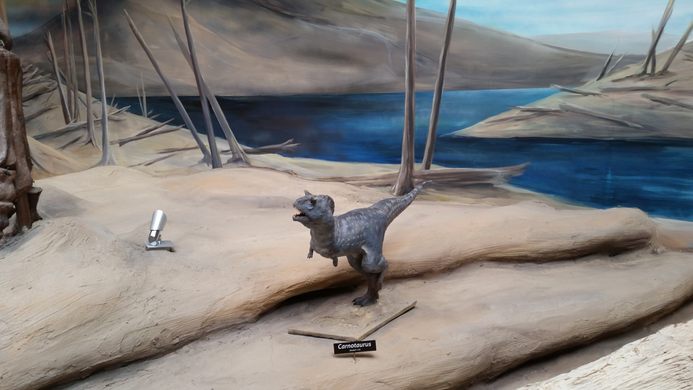








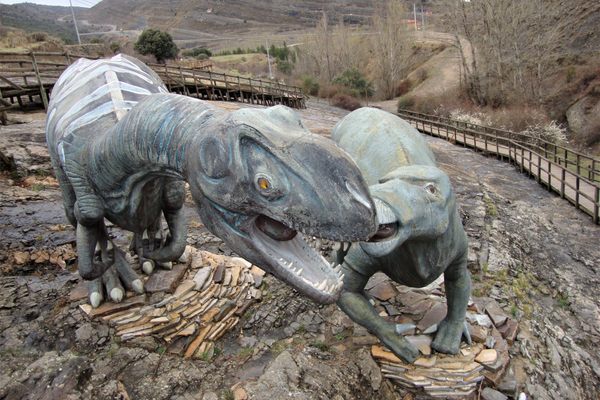


Follow us on Twitter to get the latest on the world's hidden wonders.
Like us on Facebook to get the latest on the world's hidden wonders.
Follow us on Twitter Like us on Facebook